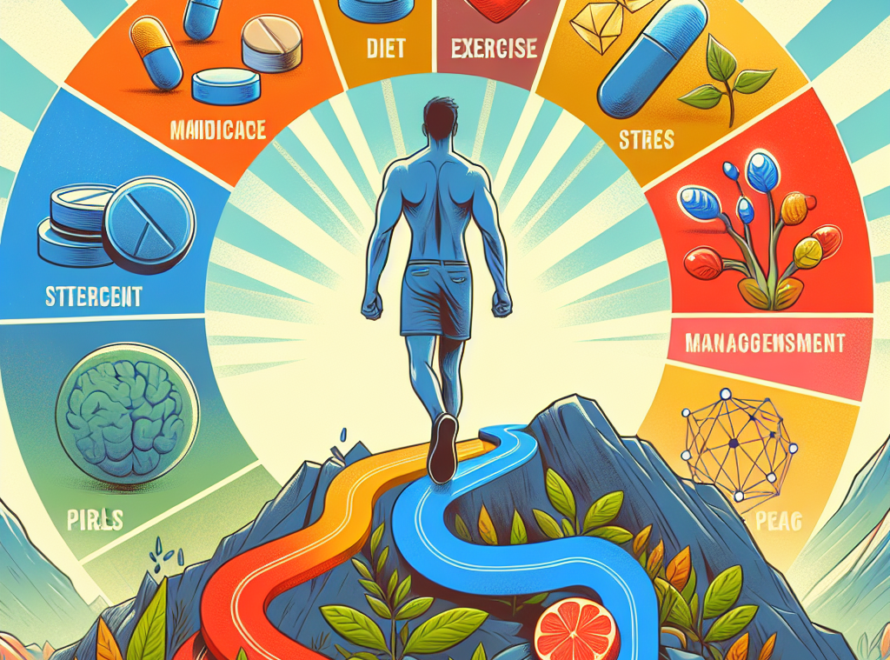Creatine is produced naturally by the liver and is known as a nitrogenous organic acid. It is used throughout the body, but particularly by muscle cells to generate energy. Creatine is made up of three amino acids:
• L-arginine
• Glycine
• L-methionine
The parts of the body that have high energy demands, like the brain and skeletal muscle, are the main users of creatine, and the vast majority of creatine is stored in skeletal muscle.
Most creatine is stored in skeletal muscle tissue.
Creatine can also be taken as a supplement. Athletes sometimes use it in high-intensity training periods. Indeed, there’s evidence that creatine supplements improve athletic performance, with one study suggesting that it increases the maximum performance of high-intensity anaerobic work (life weight-lifting) by up to 15%. It is associated with higher body mass and a total body water volume.
A study out of Australia, along with one done in the UK, found that creatine supplementation can improve memory and brain power, preventing a decline in attention that can occur during oxygen deprivation. Researchers are interested in whether it might be used to improve brain function in elderly people.
This all sounds terrific, right? So why aren’t we all taking creatine? Well, too much creatine can cause problems, and even normal supplementation can cause side effects like nausea and stomach pain. People who have kidney disease need to avoid creatine supplements, as do people with diabetes. There’s also some concern that excess creatine can affect erectile function, and not in a good way.

